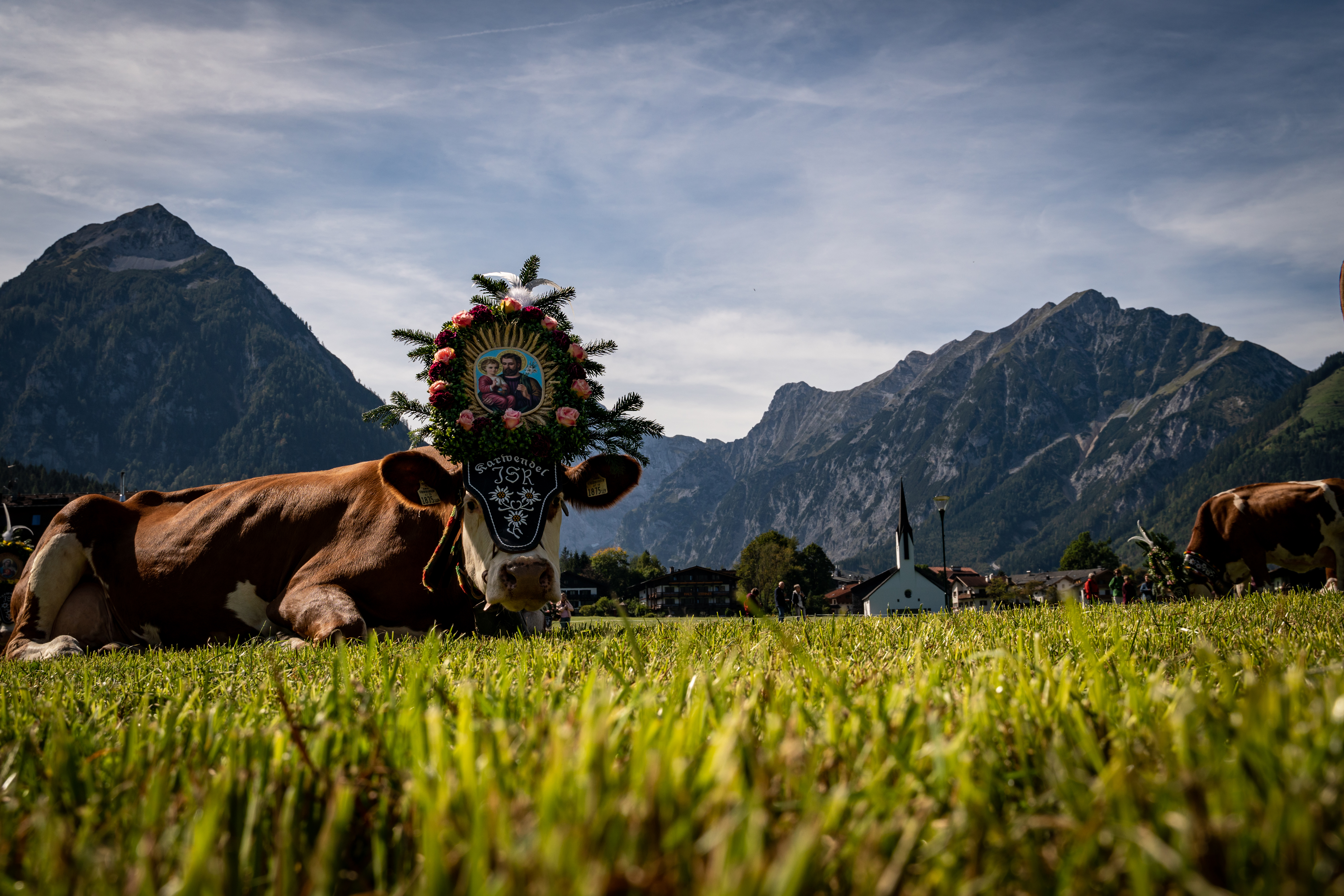Tirol is one of Austria’s remaining strongholds of genuine and authentic customs: Experience centuries-old folk traditions that are unique to the “Land in the Mountains”.
Tirol has rich tales to share; of our history, our legends and our mountains. Ancient rites and ceremonies form and mould the identity of our communities and tie together the picturesque villages and towns. Locals in traditional Tirolean costume of dirndl and lederhosen, yodelling and the traditional style of folk dance called Schuhplattler, marching brass bands and colourful parades—these are the popular images likely to be conjured up by foreigners when thinking of Tirol.
In reality, Tirol is a multi-faceted country—with many diverse regions and valleys with different dialects, mentalities and mannerisms, which has led to a variety of traditions that are celebrated and maintained with much joy. Ancient customs and festivals are celebrated all year round and day-to-day life is regularly punctuated by special celebrations and events, deeply rooted in tradition.
However, there’s more to Tirol’s traditions and customs than joy and celebrations. In long past times, human survival in the mountains was dependent on the pattern of the seasons, from spring to winter, from seedtime to harvest. The early festivals originated in the celebration of this natural wonder. In order to ensure that the pattern of seasons would not fail, rites and ceremonies dedicated to the different gods were devised. Some of these early festivals are still celebrated today—and heading to such an event or festivity is one of the best ways for clients to immerse themselves in Tirol culture.
Carnival Season includes some of the most important folk events of Tirol. Long past rites and customs are still lived here and include an array of magical and anxiously awaited spectacles. As with many Tirolean carnival customs, the festive parades are symbolic of the fight between the winter and the spring.
Springtime is perhaps the most beautiful season, when nature begins to bloom again after the long winter months; days start getting longer and warmer and Easter is eagerly anticipated. The run up to Easter is full of cultural highlights in Tirol, such as Passion Plays, Palm Sunday Parades and Easter Markets.
When the longest day converges with the shortest night, summer is welcomed with “Summer Solstice and Sacred Heart Celebrations” in Tirol’s mountains.
Each year at the beginning of summer, some 200,000 cows, horses, sheep and goats are brought up to Tirol’s beautiful Alpine pastures to graze on juicy meadows. Some 120 days later, farming villages all over Tirol round up the herds for the great autumn “Cattle Drives”. This is when the cattle, decked out in garlands of flowers and ribbons, with bells attached to their heavy leather collars, is driven down from the Alpine pastures to their winter quarters down in the valley. The distant distinctive sound of the cowbells grows as the herds join and get closer to the villages. Meanwhile crowds gather down in the valley, local people together with holidaymakers, to line the streets along the route the steadily growing herd is to take.
In many Tirolean communities, farming folk celebrate the end of the harvest season and give thanks for their thriving crops and rich harvests. Locals dressed in dirndl and lederhosen embrace the longstanding tradition with community feasting, dancing and parish fairs. “Harvest Festival” offers the chance to feast on Tirol’s seasonal fruits and vegetables.
There is plenty to see and do around the Land in the Mountains when the most wonderful time of the year rolls around—holiday momentum really builds with delightful events and customs. Some of the simplest joys of the season are the atmospheric Advent and Christmas Markets taking place throughout the country and celebrating the traditional sights, sounds and scents of Christmas.

